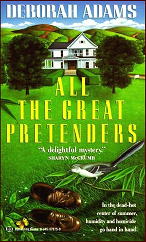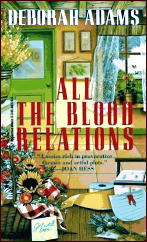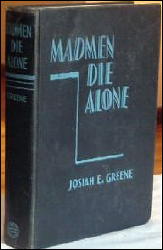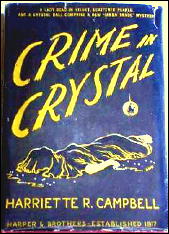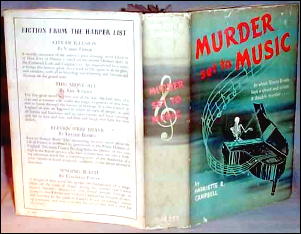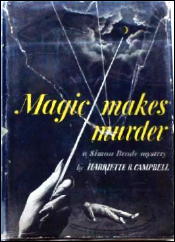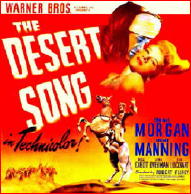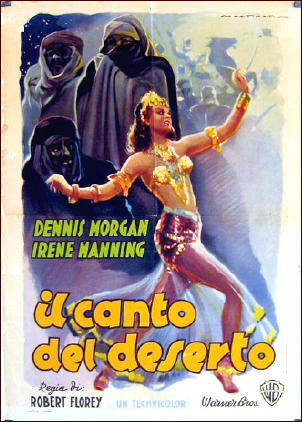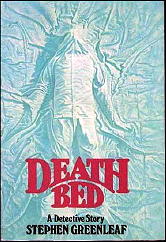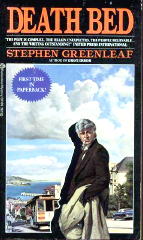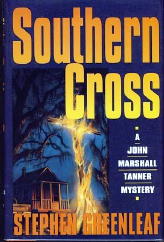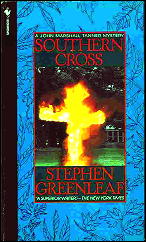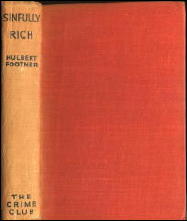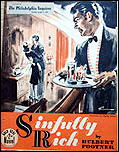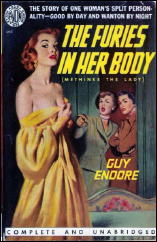Wed 7 Jul 2010
A Review by David L. Vineyard: SUSAN HILL – The Woman in Black.
Posted by Steve under Reviews[9] Comments
SUSAN HILL – The Woman in Black. David R Godine, hardcover,1986; trade paperback, November 1987. Originally published by Hamish Hamilton, UK, hardcover, 1983. Many later reprint editions.
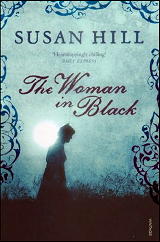
It is Christmas, and solicitor Arthur Kipps’ family is clamoring for a Christmas ghost story, but he has no intention of sharing one, for the one ghost story Mr. Kipps knows is no tale for a cozy fire and a family setting …
The detective story and the ghost story as we know it both have a common ancestry in the birth of the Romantic Movement and the Gothic tale that developed as part of it, then morphed into the detective story on one hand and science fiction and fantasy on the other.
In particular, though, the ghost story has always had some appeal to many of the readers and writers of detective fiction, as if in the urge to explain away the world in terms of rational thought, there was also a desire to recapture the innocence of simple faith in the uncanny and the unnatural. That, and the ghost story often has a mystery to be solved at its heart, the mystery of why the ghost haunts in the first place.
There is a long list of psychic sleuths and no small number of writers of detective fiction who have dabbled in the supernatural including names such as Edgar Allan Poe, Joseph Le Fanu, Sir Arthur Conan Doyle, Dorothy L. Sayers, Dashiell Hammett, Raymond Chandler, Cornell Woolrich, John Dickson Carr, and many more — sometimes in standalone tales of the supernatural and in others in combination with the detective story. Even Barzun and Taylor included a section of ghost stories in their Catalogue of Crime.
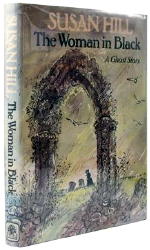
And don’t forget that Sherlock Holmes, that most rational of rational thinkers, encountered a spectral hound, a vampire, and off the page, a mix of giant Sumatran rodents and worms unknown to science — and even when he and others explain away the supernatural, the faintest hint often lingers on the edge of the reader’s perception.
A handful of stories like Carr’s The Burning Court and Helen McCloy’s Through a Glass Darkly manage the neat twist of having it both ways, what Frank D. Sherry called the “Janus Solution,” both a rational solution and a supernatural one.
Susan Hill’s The Woman in Black is not only a ghost story, it appeared as a young adult novel originally, but for anyone who reads it the memory will linger. It is an exceptionally dark and powerful book. This is no Janus solution though. This is a full blown ghost story, and unrepentantly so.
Mrs. Alice Drablow of Eel Marsh House has died, and young solicitor Arthur Kipps is chosen by his employer Mr. Bentley to travel to the north of England, attend Mrs. Drablow’s funeral, and see to her estate. It’s an important assignment for Kipps and a chance for promotion so he can marry his fiancee Stella.
But rumors abound about Eel Marsh House, and as Kipps is taken in a pony cart across the dangerous marshes to visit the place he is struck by its unique appearance.
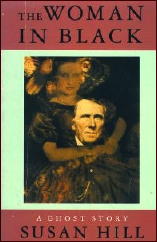
As in the modern gothic, houses are often virtually characters in many ghost stories. Here Eel Marsh House plays that role.
There he sees for the second time a mysterious and curiously malign woman in black he first spied at Mrs. Drablow’s funeral. He also experiences a terrifying experience of a woman and child killed on the marsh in a pony trap — or thinks he does, the mist is on the marsh and he can hear the tragedy, but not see it. But no such accident or missing persons are reported.
Doing a bit of detective work, he begins to piece together the story of Eel Marsh House together from the reluctant locals. No one wants to talk about Eel Marsh House, or the woman in black. Borrowing a dog for a companion from the landlord he is staying with, Kipps returns to Eel Marsh House to complete his inventory.
Gradually he learns of the tragedy that occurred at Eel Marsh House. A young woman and a child drowned in the marsh in a pony trap and their fate was tied to the death of a spinster woman who lived there, Jennet Humpfrye, who became obsessed with her sister Alice Drablow’s child and blamed her sister for the accident in which the child and a servant were killed in a pony trap on the marsh — in circumstances much like those Kipps experienced his first time alone in the mist.
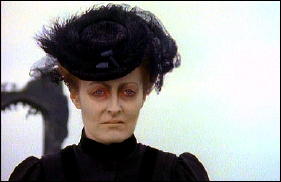
Jennet Humpfrye is the woman in black, who, suffering a wasting disease, went mad in her grief for the child that was not hers — went mad and lingered on to take her revenge beyond the grave.
Again Kipps hears the crying of he dying child and the screaming woman on the marsh — and the dog hears it too, and he and the dog both almost lose their lives on the treacherous marsh as the woman in black watches them struggle and almost drown. Mr. Dailey, he landlord, arrives in time to take Kipps and the dog away, and reveal the final secrets of Eel Marsh House.
After his near death, Kipps’ health fails and he is haunted by the woman in black; his fiancee Stella comes to fetch him back to London when his fever breaks and away from Eel Marsh House and the malignant spirit of Jennet Humpfrye.
But neither she nor Eel Marsh House is finished with Kipps or us. Wherever Jennet Humpfrye has been seen there has been one “sure and certain result,” as Kipps learns from Mr. Dailey; “in some violent circumstance a child has died.” Time passes, Kipps and Stella marry, and they have a son …
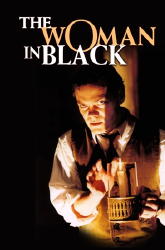
The Woman in Black was highly acclaimed on publication, and is now considered a modern classic of the form. It has rightly been called a ghost story as Jane Austen might have written one. Like most such tales, it depends on an accumulation of tensions, small disturbances, and sudden shocks, and though a short novel, barely 50,000 words, it has the weight of a much longer tome.
A fully dramatized version of The Woman in Black was recently aired on BBC7 (it first aired in the 1990’s) adapted by John Strickland in four parts with John Woodvine as the older Kipps. It was adapted for television in 1989 with a teleplay by Nigel Kneale (the Quatermass serials and films) and directed by Herbert Wise.
Like the best of ghost stories, this one is simple, quiet, and builds to a moment of power and tragedy. Though it certainly has its moments of terror — Kipps lost on the marsh in a mist listening helplessly as a woman and child die in terror; a chair rocking in a closed room; the malevolent appearance of the title character; his near death on the marsh with the dog, Spider, lent him by the landlord of the inn; and his final confrontation with the woman in black — it is not about sudden frights or bloodshed.
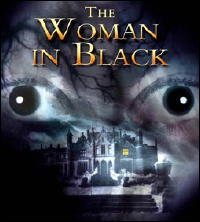
There is no gore and no monster — only a terrible grief that leads to otherworldly revenge, and one man’s encounter with things that cannot be rationally explained — or dismissed.
They have asked for my story. I have told it. Enough.

